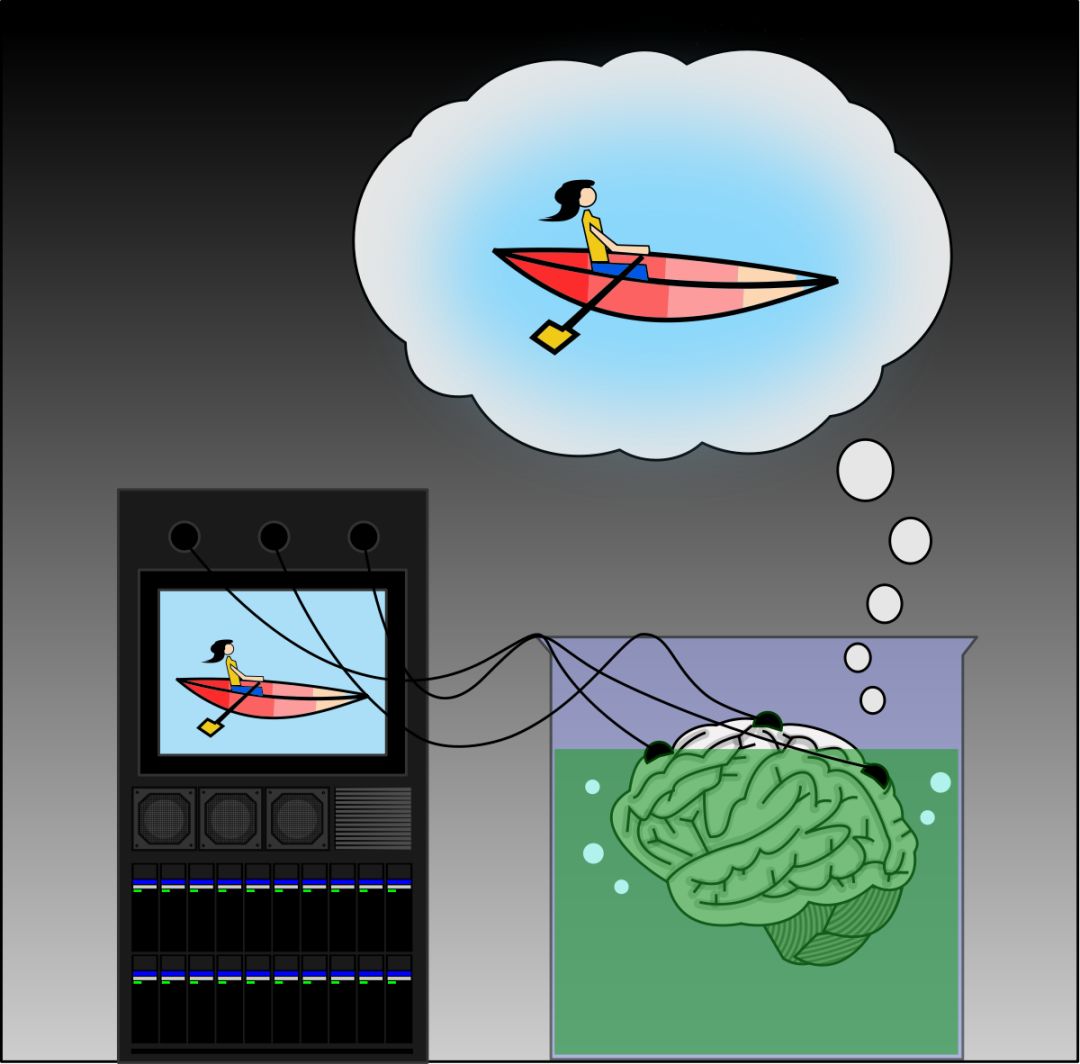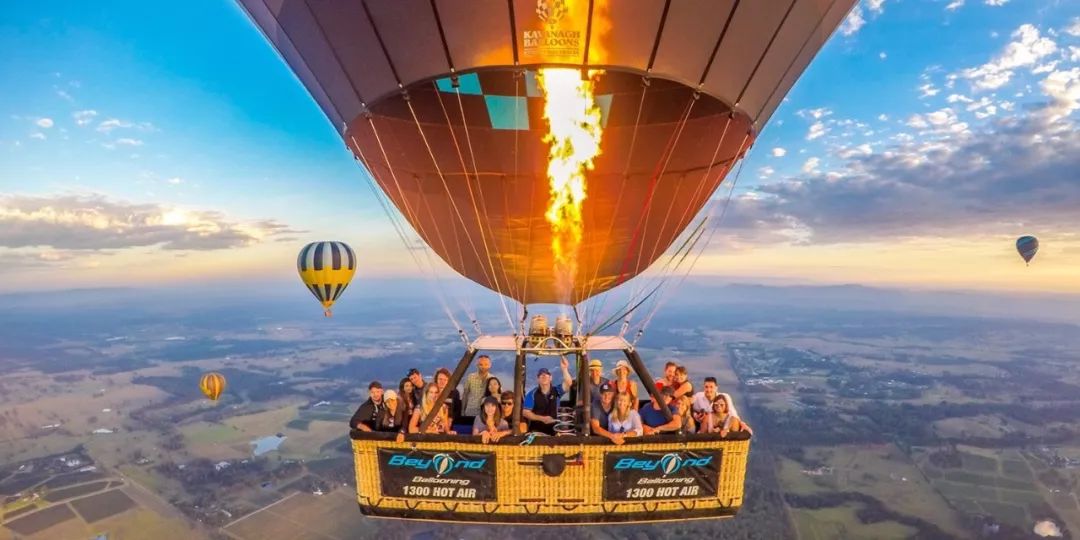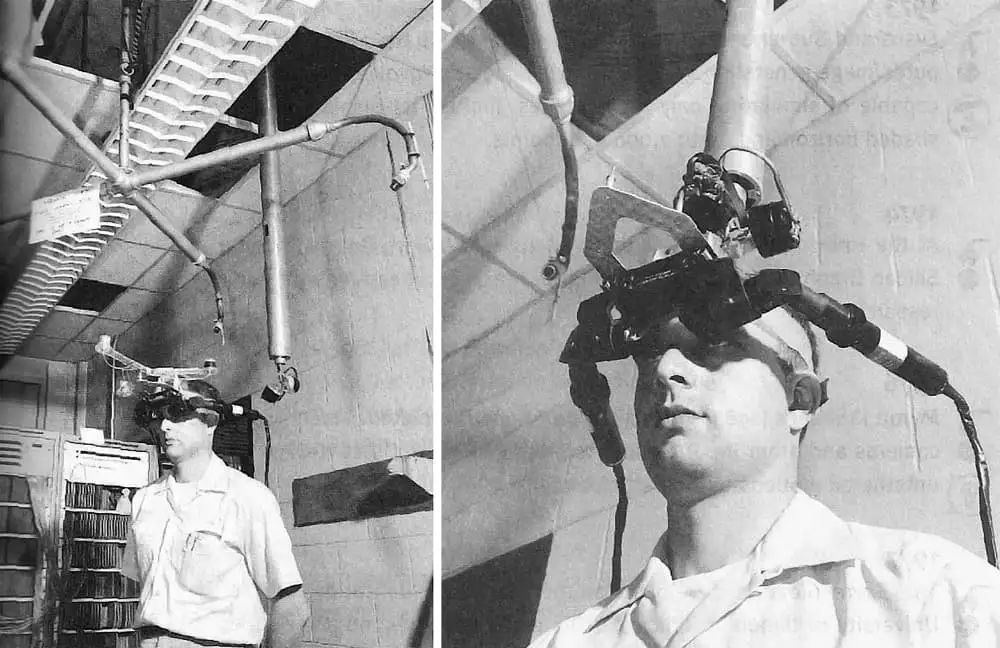01
- Speaking from the "brain in the tank"
Long ago, a philosopher proposed an experiment that challenged our perception of reality. Imagine a scenario where a brain is removed from its body and placed in a nutrient-filled tank to keep it alive. A supercomputer then sends sensory signals through the nerves, creating a virtual world that mimics real-life experiences. The brain, receiving these inputs and feedback, would believe it's living in the real world. But can it ever know it's in a simulation? This thought experiment raises profound questions about the nature of reality and consciousness.

The brain, unaware of its artificial environment, could be convinced that it's experiencing the real world. If the input and feedback are accurate enough, the virtual environment could feel just as real as the physical one. This idea, while radical, echoes modern technologies like VR, which aim to create immersive digital experiences.
Although this experiment remains theoretical due to technological and ethical limitations, it highlights the potential of virtual environments. Today, VR technology allows users to experience simulated worlds that feel incredibly real, blurring the line between what is virtual and what is actual.
02
- What is VR?
To understand VR, consider a popular application showcased at the Mobile World Congress in Barcelona in 2018. One such example was "Flying Eagle Canyon," which simulated a hot air balloon ride over African canyons, cities, and rainforests. While the cockpit and controls were real, everything else—sights, sounds, and even the feeling of acceleration—was generated by the system.
When you start the experience, you see flames, feel the heat, and hear the wind. You can look around 360 degrees, experiencing the vastness of the canyon and the beauty of the sky. Despite being in a controlled environment, your brain fully immerses itself in the virtual world, making you believe it's real.

Though you're sitting in a booth, the experience feels authentic. Bystanders might find it amusing, but for participants, it's a thrilling journey. This example illustrates how VR can trick the brain into believing it's in a different place, opening up endless possibilities for entertainment, education, and more.
VR is defined by three key characteristics: Immersion, Interaction, and Imagination. These elements work together to create a compelling and believable virtual experience.
Immersion refers to the ability of VR to trick the senses, making users feel as if they are truly present in the virtual world. Interaction allows users to engage with the environment, enhancing realism. Imagination enables VR to go beyond real-world constraints, offering experiences that would be impossible otherwise.
03
- How did VR develop?
VR has a long history, beginning with imaginative concepts in science fiction. In 1932, Aldous Huxley described a head-mounted device in his novel "Brave New World" that provided realistic sensory experiences. Later, in 1935, Stanley Weinbaum wrote "Pygmalion's Glasses," featuring a pair of glasses that allowed users to enter a movie and interact with it.

These early ideas laid the foundation for modern VR. In 1963, Hugo Gensback introduced the "Teleyeglasses," a precursor to today’s VR headsets. By the 1960s, Ivan Sutherland developed the first head-mounted display, known as the "Sword of Damocles."

VR began to take shape in the 1980s with films like "Tron" and the rise of VR research. Companies like VPL Research introduced VR products such as data gloves and head-mounted displays, bringing the technology closer to the public.
In the 1990s, VR experienced a brief surge, with arcade games and early consumer devices. However, high costs and technical limitations led to a decline. Despite this, VR continued to evolve, finding applications in medicine, military training, and other fields.
By the 2010s, VR saw a resurgence with the acquisition of Oculus by Facebook, sparking renewed interest and investment. With advancements in mobile technology and 5G, VR became more accessible, paving the way for broader adoption.
04
- What can VR do?
VR has revolutionized entertainment, offering immersive experiences that go beyond traditional media. Games like "Warrior" allow players to step into a medieval battlefield, turning their living room into a virtual arena. The sense of presence and interaction makes these experiences unforgettable.

Beyond gaming, VR also drives content consumption, including adult-oriented material. According to some reports, traffic for such content surpasses that of major news sites, highlighting VR's role in shaping online behavior.
In addition to entertainment, VR has practical applications in live events, shopping, travel, and education. For instance, VR can let users attend concerts from home or explore virtual museums without leaving their homes. It also offers new ways to learn, allowing students to experience historical events or scientific phenomena firsthand.
05
- Should you try VR?
Today, VR is still in its early stages, with hardware and content evolving rapidly. While it may not yet be perfect, the technology continues to improve, making it more accessible and affordable.
There are three main types of VR devices: mobile VR, PC-based VR, and standalone VR headsets. Mobile VR uses smartphones, offering a budget-friendly option for casual users. PC-based systems provide higher quality but require powerful computers. Standalone devices offer convenience and portability, making them ideal for everyday use.
If you're curious, starting with mobile VR is a good idea. Enthusiasts might prefer PC-based systems, while average users could benefit from standalone devices. As the technology matures, VR is expected to become an integral part of daily life, transforming how we interact with digital content.
06
- Conclusion
Virtual Reality, or VR, offers an immersive and interactive experience that can transport users to entirely new worlds. Its core features—immersion, interaction, and imagination—make it a powerful tool for entertainment, education, and more.
With a history spanning over 80 years, VR has evolved from a theoretical concept to a practical technology. Although it is still in its early stages, the potential for growth is immense. From gaming to healthcare, VR is reshaping industries and redefining how we experience the digital world.
PS Series Pluggable Connectors
PS Series Pluggable Connectors,Wire Connectors,Screw Terminal Block,Barrier Terminal Block
Jiangmen Krealux Electrical Appliances Co.,Ltd. , https://www.krealux-online.com